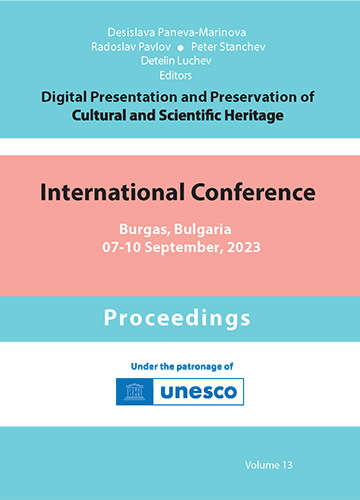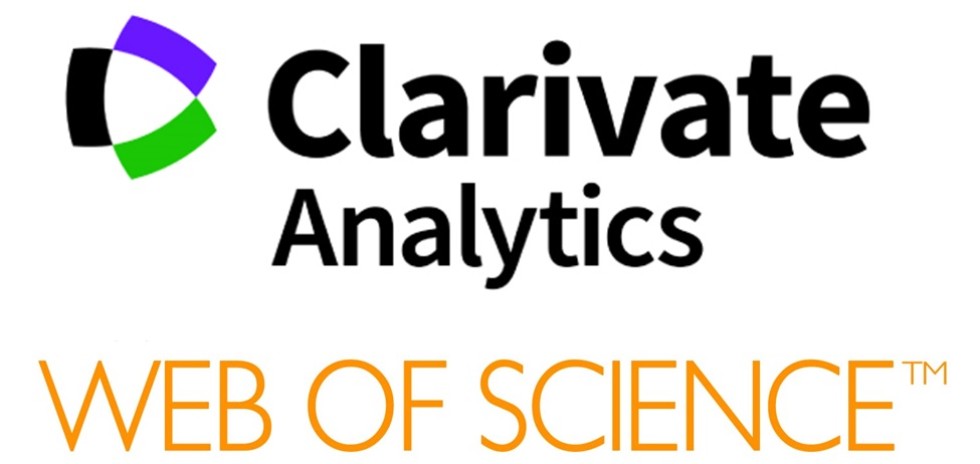
ISSN: 1314-4006 (Print)
eISSN: 2535-0366 (Online)
Frequency: 1 issue per year
DiPP Proceedings is full text indexed in Central and Eastern European Online Library, Open Academic Journals Index and Google Scholar. It is indexed/abstracted in:
- SCOPUS (2011 - );
- Web of Science (2018 - );
- VINITI;
- CINECA (Codice rivista: E244939);
- Index Copernicus International:
- Directory of Open Access Scholarly Resources (ROAD);
- Scientific Indexing Services - SIS Impact Factor;
- ResearchBib Academic Resource Index;
- Eurasian Scientific Journal Index, and other data bases.
- Crossref
- BulDML
- DOAJ

![]()


